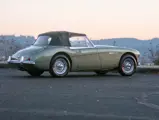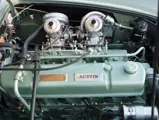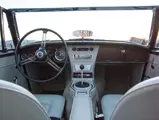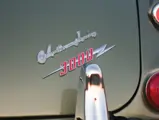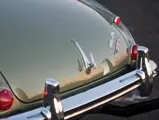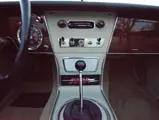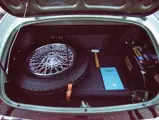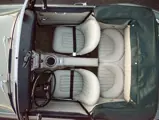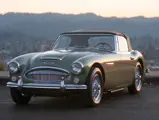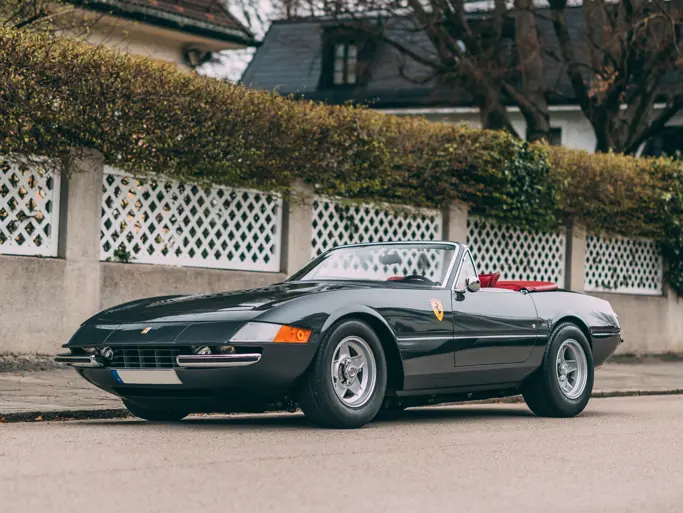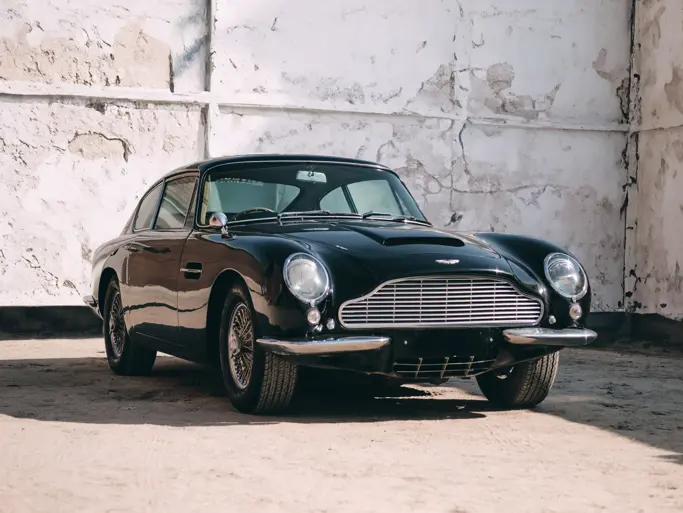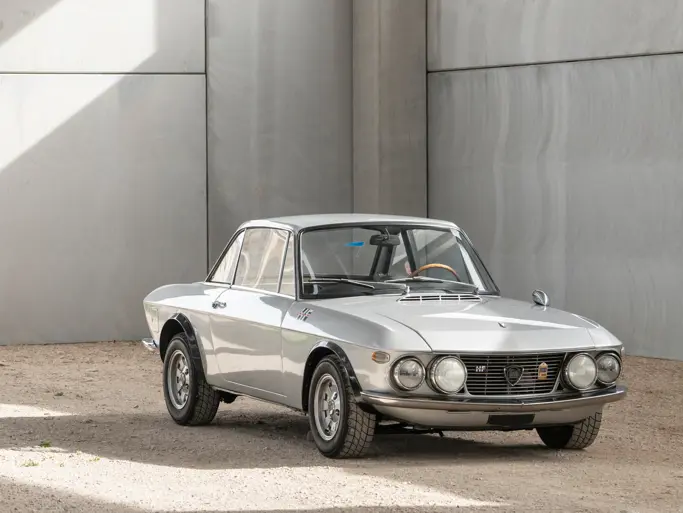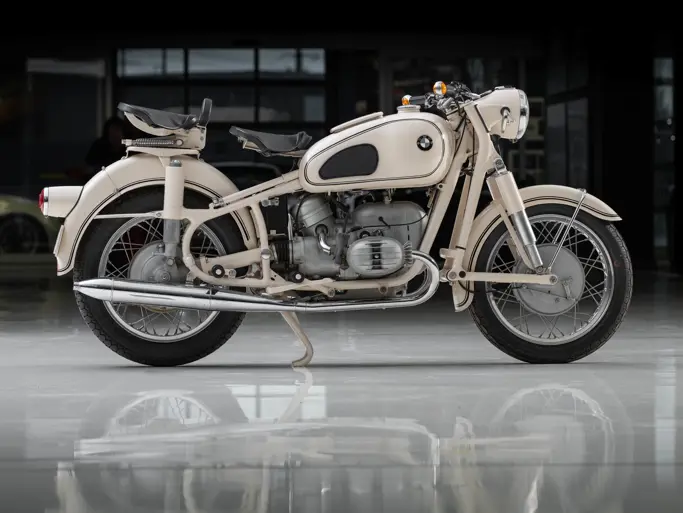Arizona 2014
1965 Austin-Healey 3000 Mk III BJ8 Convertible
{{lr.item.text}}
$71,500 USD | Sold
 | Phoenix, Arizona
| Phoenix, Arizona
{{internetCurrentBid}}
{{internetTimeLeft}}

- Restored by marque expert Kurt Tanner
- Finished in stunning Sage Green over Biscuit
- The ultimate “Big Healey” variant, with overdrive
148 bhp, 2,912 cc overhead-valve inline six-cylinder, four-speed-plus-overdrive manual transmission, independent front suspension with coil springs, live rear axle with semi-elliptic rear springs, and servo-assisted front disc and rear drum brakes. Wheelbase: 92 in.
Donald Healey introduced the car that bore his name in 1952, at the Earl’s Court Motor Show. It was called the Healey 100, because its calculated speed was just over 100 mph. The chassis was designed by Geoff Healey, with the assistance of Barry Bilby, a chassis draftsman, and they used an Austin A90 four-cylinder engine that was tuned to produce 90 horsepower at 4,000 rpm.
In 1956, the Austin-Healey became the 100-6, due to a 2.6-liter, six-cylinder engine, which benefitted from a genuine four-speed manual transmission and better brakes. In June 1959, a new version of the BMC six-cylinder type C engine appeared; it had 2.9 liters displacement, and its output was 124 horsepower. The Austin-Healey became the 3000 Mk I, and it could be distinguished from its predecessor only by a flash emblem on the radiator grille.
In May 1961, Austin-Healey introduced a triple-carburetor version of the 3000 called the Mk II. It put out 132 horsepower, but the triple carburetors required too much care in tuning for most owners, so twin carburetors returned with the announcement of a slightly redesigned 3000 Mk III Convertible in March 1962.
The last generation of the “Big Healey” was powered by a 2.9-liter SOHC inline six-cylinder engine that could produce 148 horsepower and was coupled to a four-speed manual transmission that had an overdrive unit. Suspension consisted of coil springs up front and semi-elliptic springs and a solid rear axle in the rear. Wire wheels were generally ordered, although disc wheels were also available.
Major styling enhancements, which also improved the aerodynamics, were also done to the Austin-Healey. A wraparound windscreen was installed, and the doors now had roll-down windows; gone were side-curtains. A removable rear-window panel was also featured, and handling was also greatly improved, thanks to a stiffer anti-roll bar up front and modified shock settings.
The engine produced 148 horsepower at 5,200 rpm and 173 foot-pounds of torque at 3,000 rpm, thanks to a new camshaft and valve springs. Starting with the 1964 model year, a repositioned exhaust system gave greater ground clearance.
This particular 3000 Mk III BJ8 has received a concours-quality restoration. The car was originally painted red with a black hood and trim, but during its restoration, it was treated to a color combination of a Sage Green exterior and a Biscuit color interior. All work was done by noted British car restoration expert Kurt Tanner, of Claremont, California, whose restorations are known for their attention to detail and authenticity.
It had undergone a frame-off, rotisserie, nut-and-bolt restoration when it was sold in late 2009, and since that time, it has been driven no more than 100 miles. Factory-installed equipment found on the car includes wire wheels, an overdrive unit, a laminated windscreen, a heater, and an adjustable steering column. The car’s build date was from May 14–15, 1964, as confirmed by the BMIHT Certificate, which is included with the car.
This is a classic British sports car of timeless beauty, and it will give its owner continued pleasure and a solid investment, over time.


